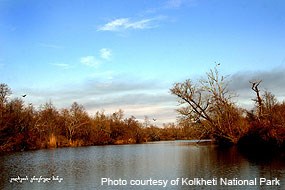
Sister Park RelationshipIt is widely accepted that most national parks are simply too small to fulfill their mission of preserving natural and cultural resources on their own. Park managers know that to fulfill their mandate, they cannot manage a protected area as an isolated island, but must seek opportunities to partner with neighboring land owners and the local community. National parks around the world are all ultimately linked together by a variety of natural and cultural phenomena. Migratory species such as birds, butterflies, sea turtles, whales and other marine life that breed in parks in North America and Europe migrate through and spend the winter in protected areas throughout Central and South America, Africa and Asia. Air pollution created in one country causes environmental damage to parks in other countries even thousands of miles away. Non-native invasive species wreak havoc on native flora and fauna. Many U.S. national parks, such as Mesa Verde, the Statue of Liberty and Manzanar, also preserve and interpret important aspects of the cultural heritage of the various peoples who settled the nation. Several National Park Service sites have established "sister park" relationships in the last few years with national parks in other countries. These partnerships increase information sharing and direct park-to-park contacts to address many common issues. Kolkheti National Park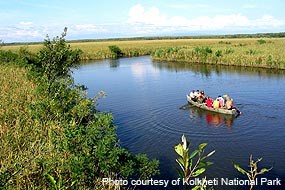
Point Reyes National Seashore has established a sister park relationship with Kolkheti National Park in the Republic of Georgia. Kolkheti National Park, created in 1998, is one of those protected areas that is especially interesting for its landscape, flora, fauna and location. Located in western Georgia on the coast of the Black Sea, the park covers 29,700 hectares (73,400 acres) of land and 15743 hectares (38,902 acres) of marine habitat. Visit Kolkheti National Park's English language website. 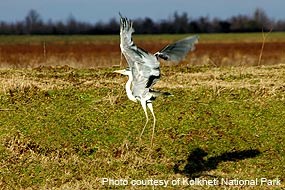
A Sanctuary for BirdsWetlands in the park are of great ecological value. With its relict forests and peat bogs, Kolkheti gives its visitors an impression of true wilderness, and the wild fauna of the area even make the sightseeing more impressive. It is a perfect place for bird watching, a haven for local birds and many species of migratory birds. Many of the species in the national park are on the edge of extinction. The Argonauts of Kolkheti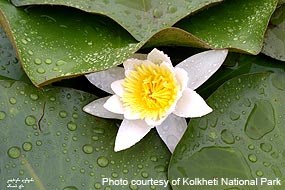
The Kolkheti region has great historical importance as well. Also known as Kolkhida, Egrisi, or Lazika, the area has been mentioned in chronicles of different countries since time immemorial. In approximately 2000 BC, the first Georgian state was created here and the first Georgian money "Kolkhuri Tetri" was produced. The famous myth of the Argonauts is also connected to the Kolkheti region, where Georgians developed the technology for making gold strings or "the Golden Fleece" Jason sought. Kolkheti National Park is one of the Republic of Georgia's 11 Strict Nature Reserves, 8 National Parks, 12 Managed Nature Reserves, 14 Natural Monuments, and 2 Protected Landscapes managed and coordinated by the Agency of Protected Areas within the Ministry of Environment Protection and Natural Resources of Georgia. 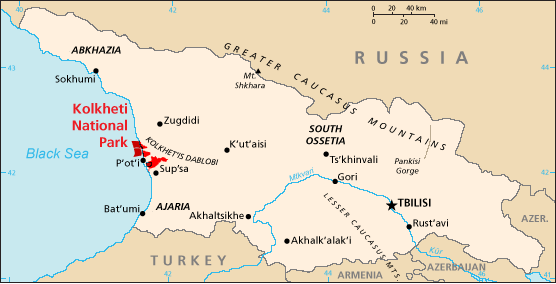
|
Last updated: April 25, 2024
